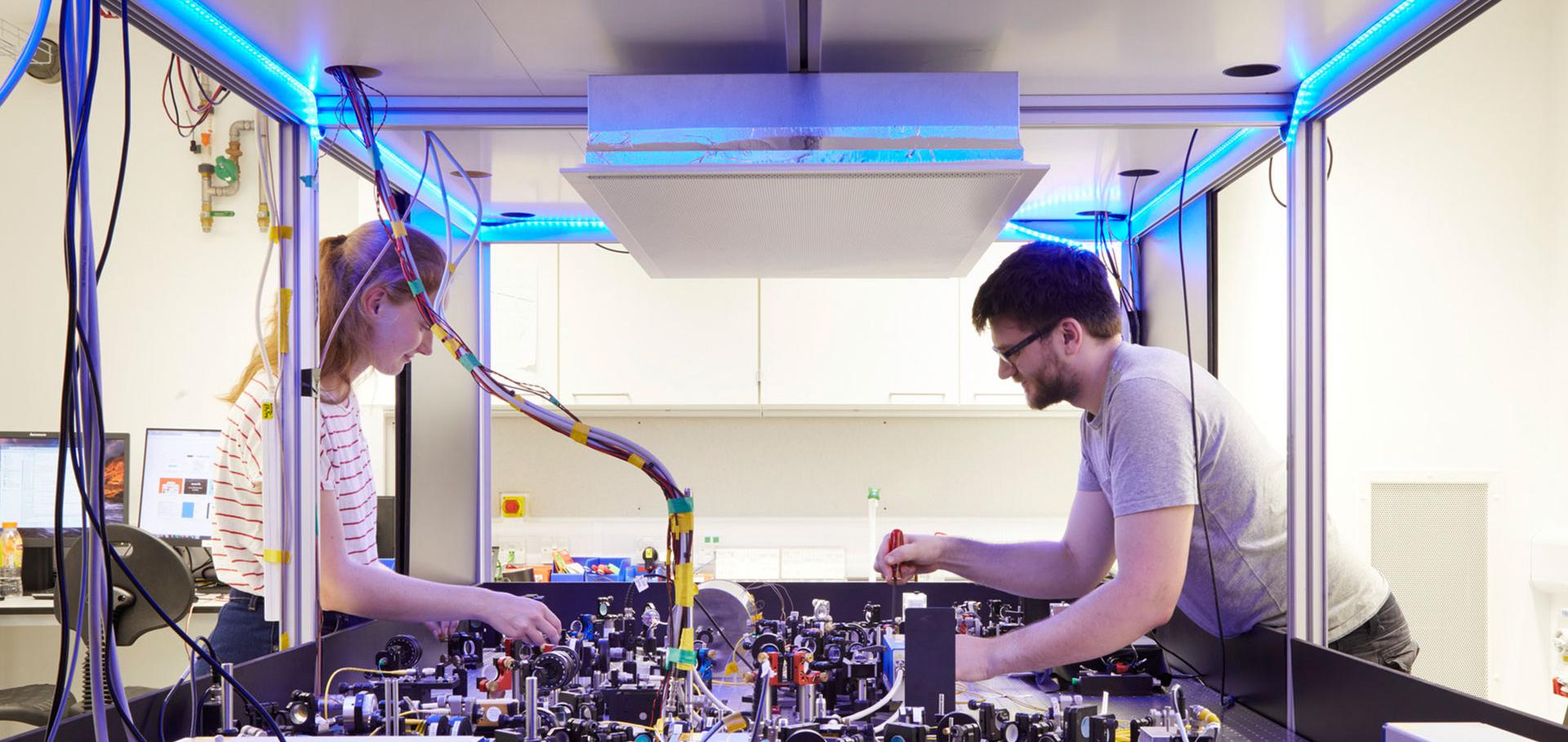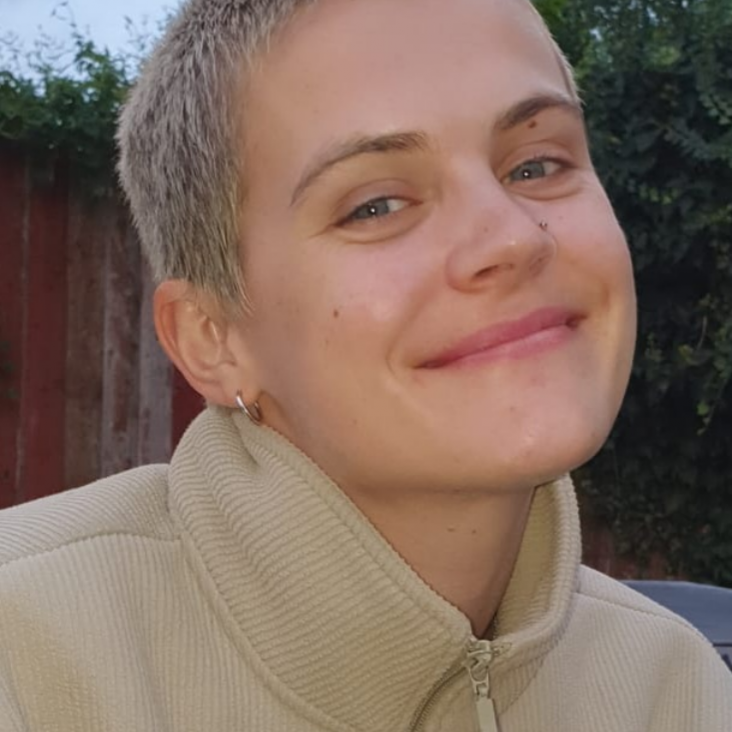Robust quantum memory in a trapped-ion quantum network node
Physical Review Letters American Physical Society 130 (2023) 090803
Abstract:
We integrate a long-lived memory qubit into a mixed-species trapped-ion quantum network node. Ion-photon entanglement first generated with a network qubit in 88Sr+ is transferred to 43Ca+ with 0.977(7) fidelity, and mapped to a robust memory qubit. We then entangle the network qubit with another photon, which does not affect the memory qubit. We perform quantum state tomography to show that the fidelity of ion-photon entanglement decays ∼ 70 times slower on the memory qubit. Dynamical decoupling further extends the storage time; we measure an ion-photon entanglement fidelity of 0.81(4) after 10 s.Differential cross sections and collision-induced rotational alignment in inelastic scattering of NO(X) by Xe
Chinese Journal of Chemical Physics AIP Publishing 33:2 (2020)


